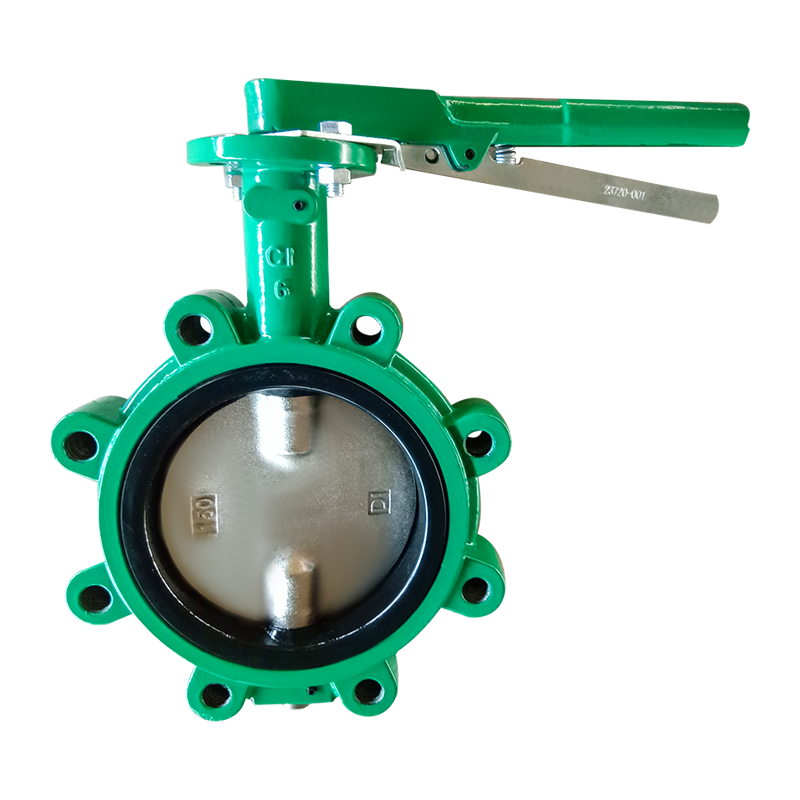
- Call Us
- +8618633052223
- njhdvlz@163.com
Aug . 13, 2024 05:16 Back to list
Understanding the Fundamentals of Valve Operation for Efficient Industrial Applications and Export Strategies
The Working Principle of Valves An Overview for Exporters
Valves play a crucial role in various industrial processes, acting as devices that control the flow and pressure within a system. For exporters and businesses involved in the manufacturing and supply of valves, understanding their working principles is essential not only for product development but also for ensuring adequate customer support and tailored solutions for clients around the world.
The Basic Functionality of Valves
At its core, a valve regulates the flow of fluids (liquids, gases, or slurries) through a pipeline or system. It does so by varying the size of the passageway through which the fluid flows. While there are numerous types of valves, including ball valves, gate valves, globe valves, and butterfly valves, they all follow a similar fundamental principle opening or closing an orifice to control fluid flow.
Types of Valves and Their Mechanisms
1. Gate Valves These are typically used for on/off control. They feature a gate-like disc that moves perpendicularly to the flow. When fully opened, they provide minimal resistance to flow; when closed, the gate creates a barrier, stopping the flow entirely. Gate valves are ideal for use in systems where the flow needs to be either completely on or off, as they are not suitable for throttling purposes.
2. Globe Valves Known for their superior throttling capability, globe valves consist of a movable disc or plug that can be raised or lowered to control flow and pressure. Due to their design, they can maintain a steady flow and are used extensively in applications where flow regulation is critical.
3. Ball Valves These consist of a spherical disk (the ball) with a hole in the center that aligns with the pipeline when the valve is open, allowing fluid to flow through. Ball valves can provide quick shut-off and are favored for their durability and reliability in high-pressure applications.
4. Butterfly Valves Featuring a rotating disc, butterfly valves regulate flow by rotating the disc a quarter turn. This design allows for rapid opening and closing, making them suitable for large volumes of fluid in systems requiring quick operation.
valve working principle exporters

The Importance of Material Selection
One significant aspect of valve manufacturing is the selection of materials. Different applications will require valves made from various materials, such as stainless steel, brass, or plastic, each offering unique properties relative to chemical compatibility, temperature resistance, and mechanical strength. Exporters must be diligent in ensuring that they meet specific industry standards and customer requirements, which vary across regions and industries.
Automation and Smart Technologies
As technology advances, many valve systems now include automation and smart technologies. Automated valves can be controlled remotely, enhancing efficiency in operations. These smart valves may come equipped with sensors that offer real-time data on flow rates, pressure levels, and operational status, allowing for proactive maintenance and optimized process control.
Regulatory Compliance and Standards
For exporters, understanding and adhering to international standards and regulations are vital. Various industries have specific requirements that must be met—these can include safety certifications, material specifications, and testing protocols. Familiarity with standards set by organizations like the American Society of Mechanical Engineers (ASME) or the International Organization for Standardization (ISO) will facilitate smoother market entry and better customer relationships.
Conclusion
For exporters engaged in the valve industry, a comprehensive understanding of valve working principles is instrumental. From knowing the different types and their unique operating mechanisms to considering material selection and compliance with regulations, a solid foundation of knowledge will not only aid in product development but also enhance customer satisfaction. As industries grow increasingly reliant on sophisticated fluid control systems, staying ahead in technology and standards will be key to thriving in the global market.
-
Double Flanged Short Pattern Butterfly Valve | Compact, Efficient Flow
NewsAug.01,2025
-
Precise 3-Inch Butterfly Valve Dimensions | Durable Flow
NewsJul.31,2025
-
3 Butterfly Valve Dimensions | GPT-4 Turbo Precision Specs
NewsJul.31,2025
-
Stainless Steel Sanitary Butterfly Valve for Hygienic Flow Control
NewsJul.30,2025
-
High-Performance Groove Butterfly Valve for Easy Installation
NewsJul.30,2025
-
High-Quality 2 Inch Butterfly Valve for Precise Flow Control
NewsJul.29,2025